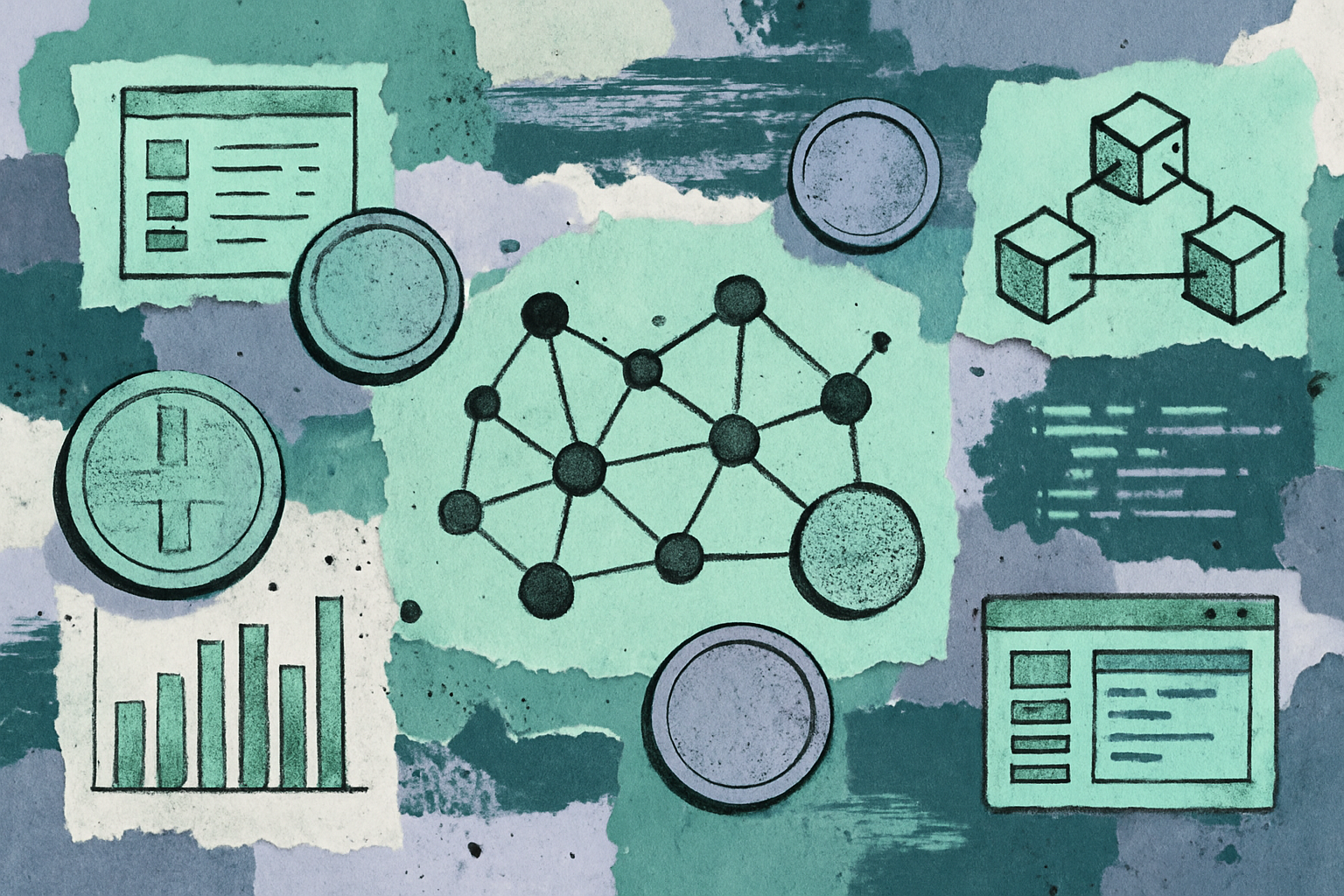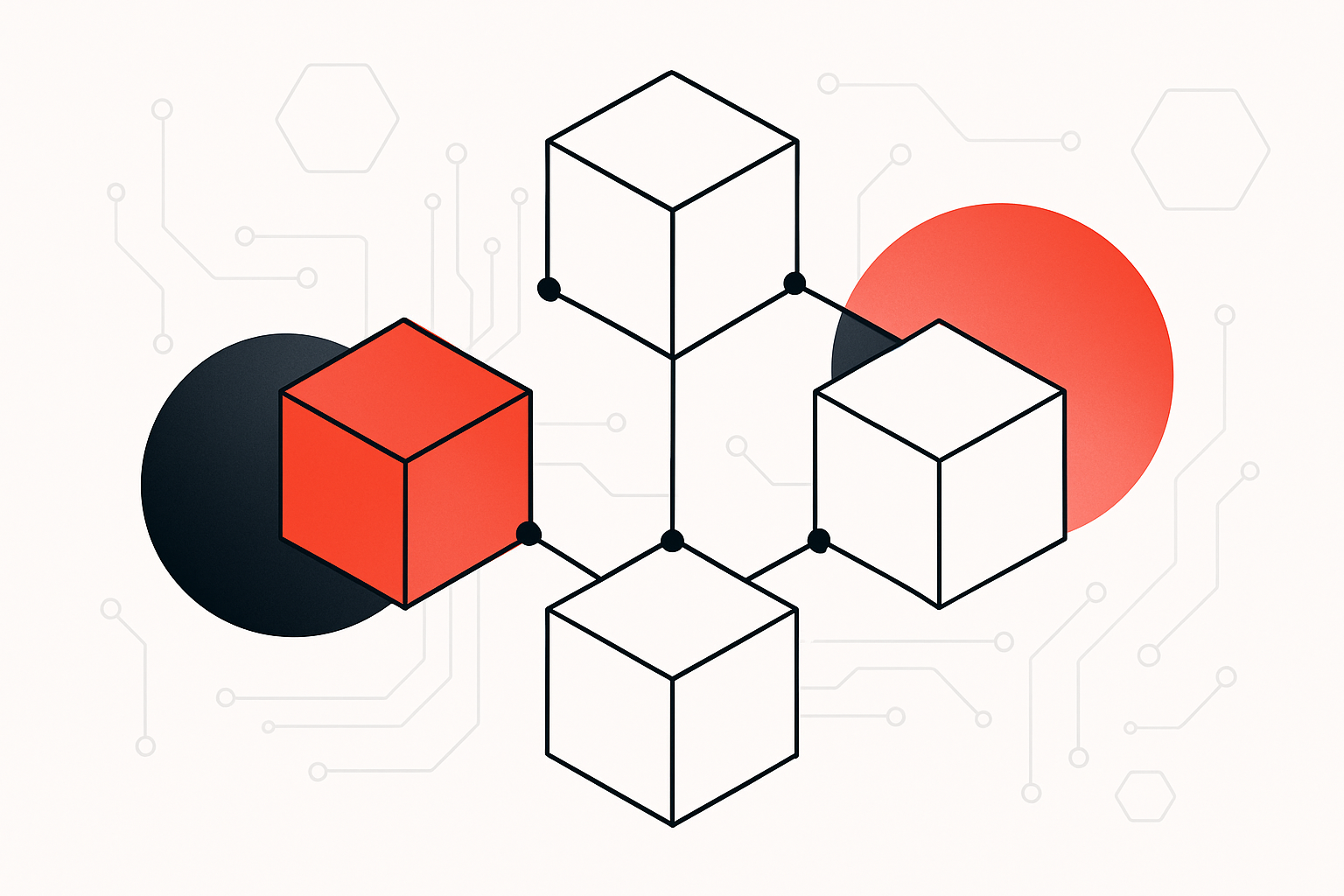
In 2025, the Ethereum scaling landscape is undergoing a subtle but profound shift. The conversation has moved beyond raw throughput and low fees; now, the spotlight is on composability, interoperability, and shared sequencing as the foundation for a truly modular Superchain. At the core of this transformation is Espresso Systems, whose decentralized shared sequencer network is rapidly becoming the connective tissue between disparate rollups and OP Stack chains.

Why Sequencing Matters in the Modular Superchain Era
Rollup chains have long promised to solve Ethereum’s scalability bottleneck. Yet, as each new Layer 2 (L2) launches with its own sequencer, a new set of challenges emerges: fragmented liquidity, inconsistent transaction ordering, and centralization risks. Traditionally, most rollups have relied on single-entity sequencers, fast but inherently trust-based and prone to MEV extraction or censorship.
This is where shared sequencing enters the picture. By decentralizing transaction ordering across multiple chains, shared sequencers like Espresso aim to:
- Reduce centralization risk: No single operator controls transaction flow.
- Enable atomic cross-rollup transactions: Making composability between OP Stack rollups seamless.
- Foster fair MEV revenue sharing: Distributing value back to participating rollups and their communities.
- Simplify developer UX: Programmable sequencing APIs abstract away cross-chain complexity for dApps.
The result? A more robust Superchain modular stack for 2025, one where blockspace can be efficiently allocated and utilized across any OP Stack or ZK-enabled chain.
Espresso’s Shared Sequencer: Architecture and Key Innovations
Espresso Systems’ approach stands out for its technical depth and real-world traction. At its heart lies a decentralized network of validators running the HotShot consensus protocol, a mechanism purpose-built for rapid block finality across multiple rollups. This design guarantees that no single party can manipulate transaction order or censor users, while still delivering sub-second confirmations.
The innovation doesn’t stop there:
- Multi-stack compatibility: Espresso already integrates with Arbitrum Nitro and Cartesi’s Linux-based stack; an OP Stack integration is slated for late 2025, positioning Espresso as a universal layer for both optimistic and ZK ecosystems.
- Diverse proving support: Whether a chain uses fraud proofs (OP Stack) or validity proofs (ZK Stack), Espresso’s shared sequencer can accommodate both without compromising security or performance.
- A programmable sequencing marketplace: Testnet deployments are experimenting with auctioning sequencing rights, preserving individual rollup sovereignty while opening up new avenues for MEV revenue sharing among participants.
- Pioneering fair ordering: Through partnerships like Offchain Labs’ Timeboost integration, Espresso brings sealed-bid auctions to transaction ordering, reducing frontrunning risk while optimizing user experience across all connected chains.
Paving the Way for Cross-Rollup Liquidity and Composability
The true promise of programmable sequencing in the Superchain context lies in unlocking untapped interoperability. Projects like Polygon Labs are already collaborating with Espresso to develop aggregation layers that unify liquidity pools from otherwise siloed L2s. By synchronizing transaction ordering across chains, and providing atomic settlement guarantees, Espresso makes it possible for dApps to compose functionality from multiple rollups as if they were a single chain.
This vision aligns closely with Optimism’s roadmap of connecting Base, World Chain, Zora, and other OP Stack networks into a unified system with shared governance and bridging. As more L2s opt-in to decentralized sequencing models like Espresso’s, we move closer to an era where cross-rollup swaps, lending protocols spanning multiple chains, and even interoperable NFTs become not just feasible but routine parts of DeFi infrastructure.
The momentum behind Espresso Systems is further underscored by its $28 million Series B raise led by a16z crypto in March 2024, a testament to both market demand and investor conviction around programmable sequencing as the next major unlock in blockchain infrastructure evolution.
Looking ahead, the integration of Espresso’s shared sequencer with the OP Stack by late 2025 is poised to be a watershed moment for the Superchain ecosystem. As rollups increasingly prioritize interoperability and composability over mere speed, Espresso’s modular approach offers a blueprint for how L2s can coordinate without sacrificing sovereignty or security. The ability to auction sequencing rights via programmable marketplaces means that rollups retain agency over their blockspace while tapping into a larger network effect, an essential ingredient for sustainable MEV revenue sharing and healthy economic alignment across chains.
This shift is already manifesting in developer behavior. Teams building on Base, World Chain, and other OP Stack rollups are exploring how shared sequencing APIs can abstract away cross-chain headaches, letting them focus on user experience rather than infrastructure plumbing. As more dApps leverage atomic cross-rollup calls and unified liquidity pools, the boundaries between individual L2s begin to blur, delivering on the long-held promise of Ethereum as a truly modular platform.
Challenges and What Comes Next
Of course, this transition is not without its hurdles. Shared sequencers introduce new coordination complexities: ensuring liveness and fairness across disparate chains, managing latency trade-offs, and designing robust incentive structures to prevent collusion or censorship. Espresso’s ongoing testnets (including the upcoming Cappuccino testnet) are actively probing these edge cases, experimenting with validator incentives, slashing conditions, and multi-stack integrations to ensure resilience under real-world conditions.
Security remains paramount. While HotShot consensus delivers rapid finality and high throughput today, it must continue to evolve in tandem with advances in cryptography and adversarial testing. The open question is how quickly other rollup stacks, especially those prioritizing zero-knowledge proofs, will embrace shared sequencing as their default coordination layer. The race is on between OP Stack-based chains and ZK-centric ecosystems like zkSync or Polygon zkEVM to define what “modular” truly means in practice.
Key Benefits of Espresso’s Programmable Sequencing
-
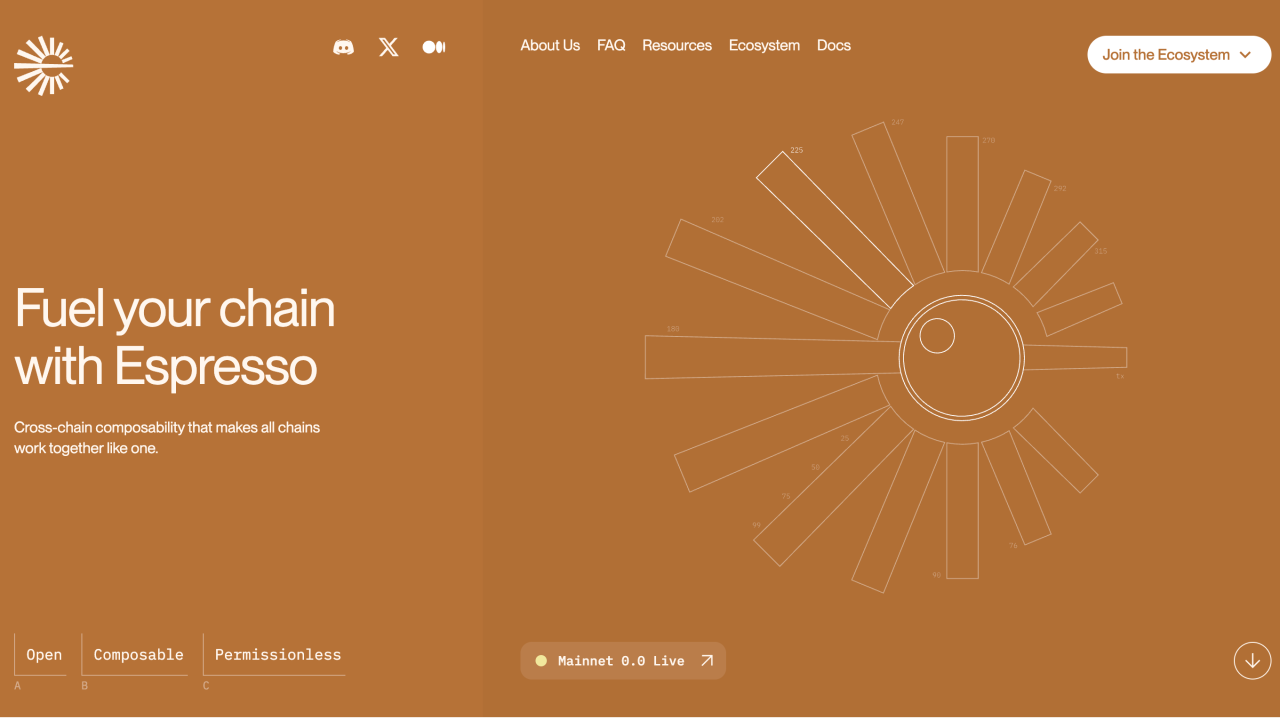
Decentralized Shared Sequencing: Espresso replaces centralized sequencers with a decentralized, shared network, reducing trust assumptions and single points of failure for Superchain builders.
-

Enhanced Rollup Interoperability: By supporting integration with stacks like Arbitrum Nitro, Cartesi, and soon the OP Stack, Espresso enables seamless cross-rollup communication and composability across the Superchain.
-
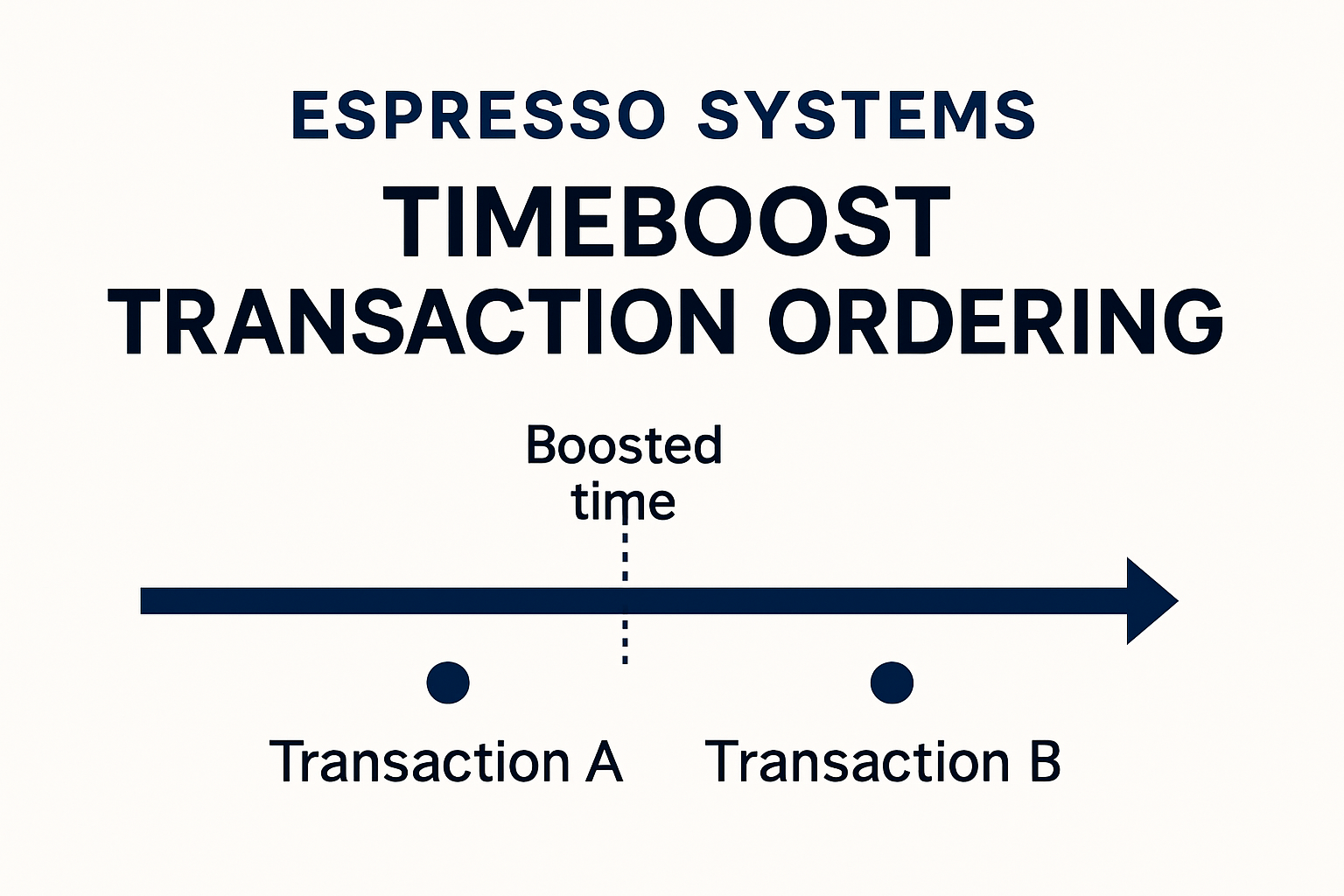
Fair and Optimized Transaction Ordering: The integration of Timeboost, a sealed-bid priority gas auction mechanism, minimizes frontrunning and ensures more equitable transaction ordering for users and dApps.
-

Rapid and Trustworthy Finality: The HotShot consensus protocol delivers fast, verifiable block finalization, boosting both security and user experience for L2 chains.
-
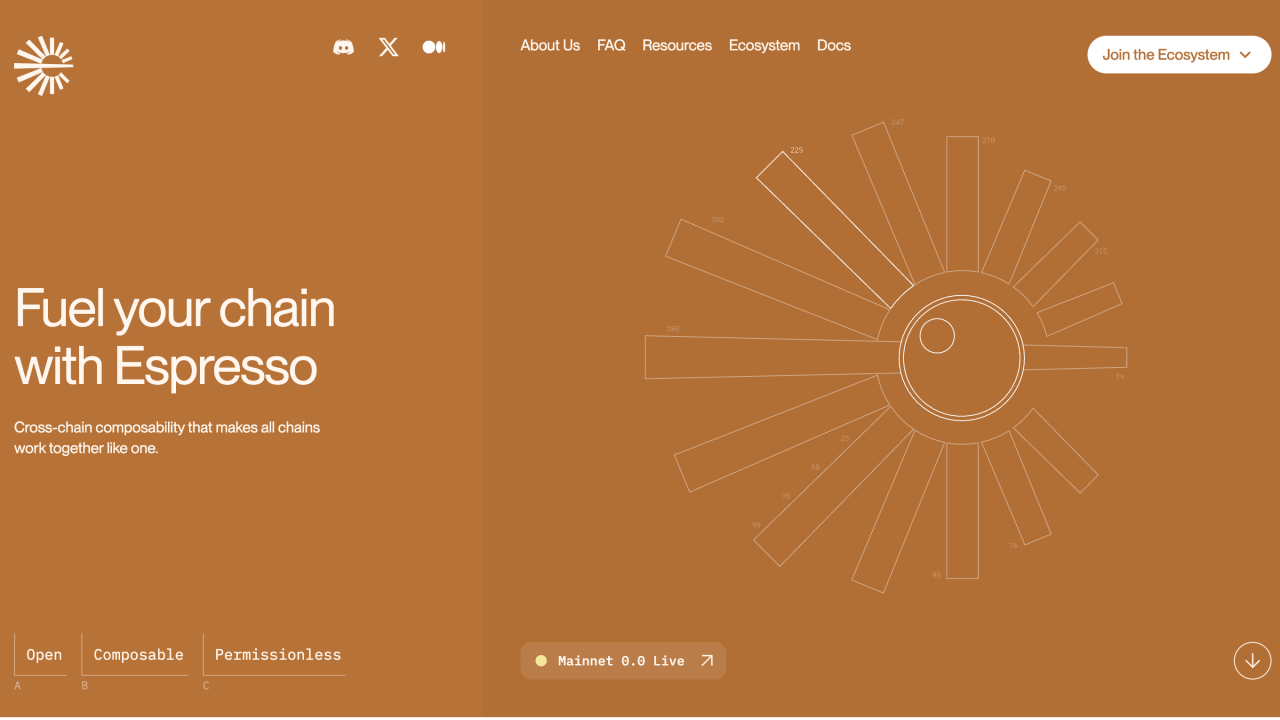
Rollup Sovereignty and Value Capture: Espresso’s testnet marketplace allows rollups to auction sequencing rights, giving builders control over their transaction flow and economics.
-

Strategic Partnerships for Ecosystem Growth: Collaborations with Polygon Labs (AggLayer) and Offchain Labs drive innovation in aggregation and transaction ordering, accelerating Superchain development.
The Broader Impact: From Rollup Fragmentation to Superchain Synergy
The broader implication of Espresso Systems’ work is a move from fragmented rollup silos toward genuine Superchain synergy. By enabling fair ordering protocols, programmable sequencing markets, and composable APIs across both optimistic and ZK environments, Espresso lays the groundwork for an open blockspace marketplace where innovation is no longer gated by technical fragmentation or centralization risks.
This paradigm shift extends beyond technical architecture, it redefines economic relationships within the ecosystem. Instead of competing for isolated liquidity or MEV extraction opportunities, rollups participating in shared sequencing networks can collaboratively maximize value capture while minimizing user friction. This opens up new business models around MEV revenue sharing, cross-chain DeFi primitives, and even novel governance structures spanning multiple rollups.
For developers, investors, and protocol architects watching Ethereum’s evolution in 2025, one thing is clear: the era of modular superchains will be built atop decentralized coordination layers like Espresso’s shared sequencer. As integration efforts accelerate across Arbitrum Nitro stacks, Cartesi Linux-based stacks, and soon the OP Stack itself, expect “caffeinated chains” to become synonymous with seamless composability, and perhaps even a new standard for blockchain infrastructure design.
If you’re interested in diving deeper into how shared sequencers are solving fragmentation across today’s L2 landscape, or want practical guidance on integrating programmable sequencing into your own project, be sure to explore our detailed analysis at this resource.


